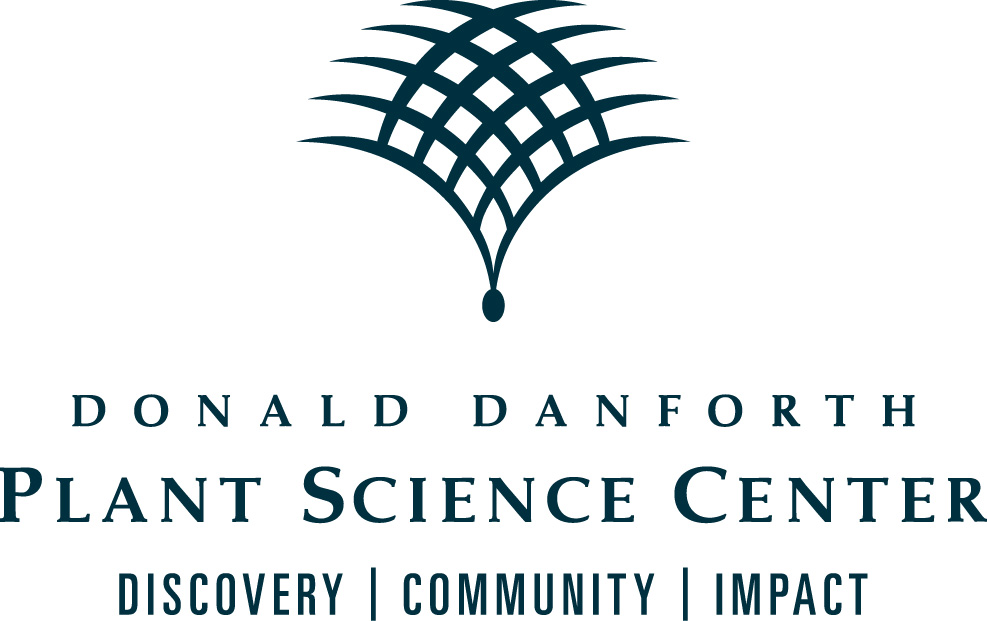Newswise — It has been just over a year since the Danforth Center acquired the 140-acre farm that became the home of the new Danforth Center Field Research Site. Located in St. Charles, this historic farm is being used as a space for scientists to develop field-based experiments to understand how crops interact with their environment.
In addition to space for field experiments, the Field Research Site is home to several barns and a historic home built in 1883. While some renovations are necessary to make the farm a functional home base for field research, many of the historic elements of the space will be maintained. For example, the historic farmhouse will eventually be restored as a home base for on-site offices, and care will be taken to retain its charming features.
“The scale of field work necessitates a lot more space for everything, from growing to storage,” says Senior Research Scientist Molly Hanlon. “We’ve worked to design something that will meet those needs. It’s going to be a huge undertaking, but it will be worth it.”
In just 12 months, Molly’s sentiment is proving to be true. The Field Research Site has already been a valuable resource to the Danforth Center and our greater agtech community. Eight Danforth Center labs ran experiments at the Field Research Site this season. This included an educational “maize maze” led by the Eveland Lab, where students from the Jackie Joyner-Kersee Food, Agriculture and Nutrition Innovation Center (JJK FAN) used the space for educational programming for middle and high school students from East St. Louis. Edison Agrosciences grew sunflowers as a potential source of natural rubber through a Wells Fargo Innovation Innovator (IN2) project with the Kutchan Lab. And Taylor Geospatial Institute (TGI) has been a key partner through it all.
Geospatial technology can provide invaluable data for much of the research done at the Danforth Center, and its capabilities are growing at a breakneck speed. Geospatial science is all about answering the “where”—where things are, when they are there, and why they are there. Commonly used tools in the geospatial sector include satellites, GPS technologies, and uncrewed aerial vehicles (UAVs) or drones. In plant science, these tools can be applied to measure and assess plants as they grow without disturbing them. That allows for the study of plants outdoors, in a farmer’s field, or even in their natural environment.
Throughout the summer, the TGI van has been rolling up to the field site every week to collect data. The information that they gather will allow for precise measurements of plants at all scales, from measurements on the ground to UAV flight images to access to satellite imaging data. For example, a collaboration between the Shakoor Lab, Topp Lab, Miller Lab, and Phenotyping Core Facility is assessing root growth over the summer to see how it relates to above-ground phenotypes that can be measured from the UAV images.
The Saint Louis University group is led by Vasit Sagan, who is a professor, the deputy director of TGI, and the associate vice president for geospatial science at Saint Louis University. “The SLU team brings their expertise and tools in UAV flights and image analysis, while our Danforth Center teams bring their knowledge and questions related to plant science and agriculture,” says Director of Phenotyping Katie Murphy, PhD. “This work would not be possible without the support of TGI.”
The effort has brought together a wide variety of experts to combine expertise and tools across scientific disciplines.
"This collaboration between TGI and Danforth has afforded researchers incredible insight into various plant species and phenotypes,” says TGI Geospatial Data Scientist Justin Vilbig. “For TGI, this collaborative relationship creates new opportunities to advance remote sensing technologies and methodologies while developing robust, novel models of plant responses to the environment."
The teamwork has benefitted all involved, and it’s an exciting example of how a collaborative spirit can maximize the extraordinary expertise available in our region and open doors to new knowledge.
“By working together, we can answer new scientific questions,” Katie says. “We can make new discoveries that no single group could do alone.”
